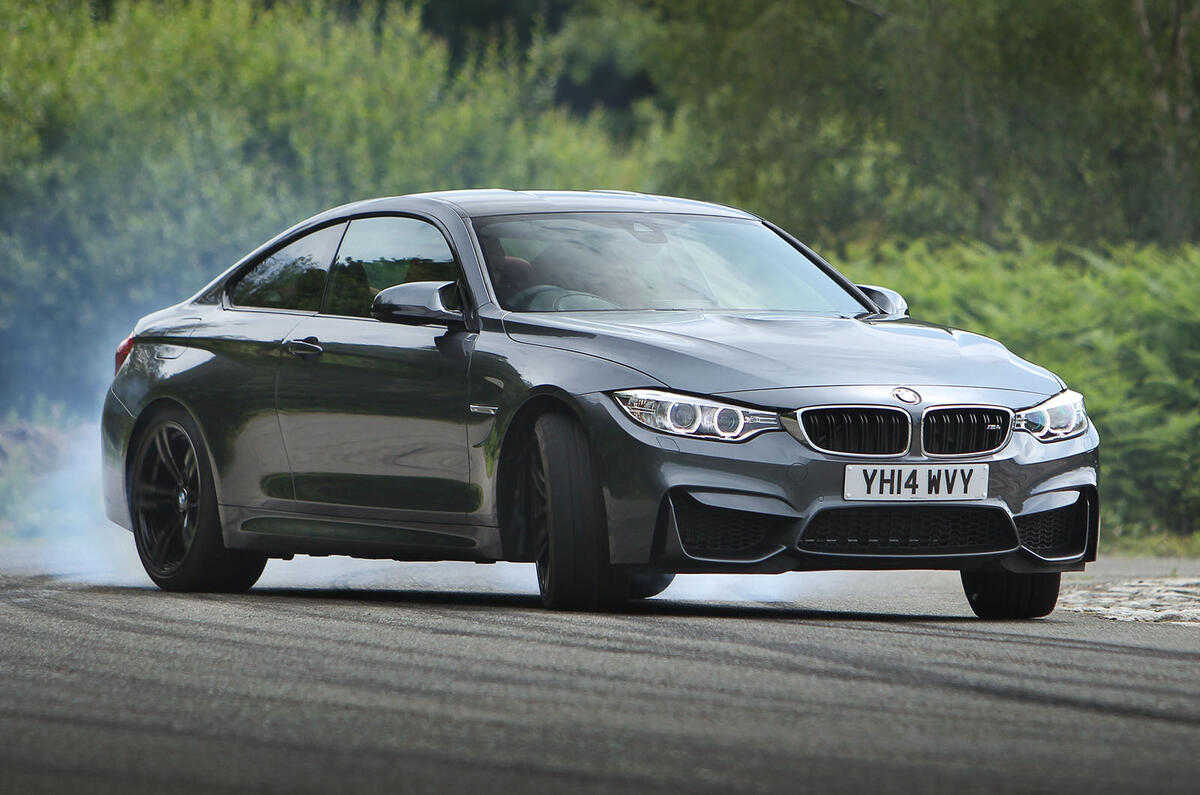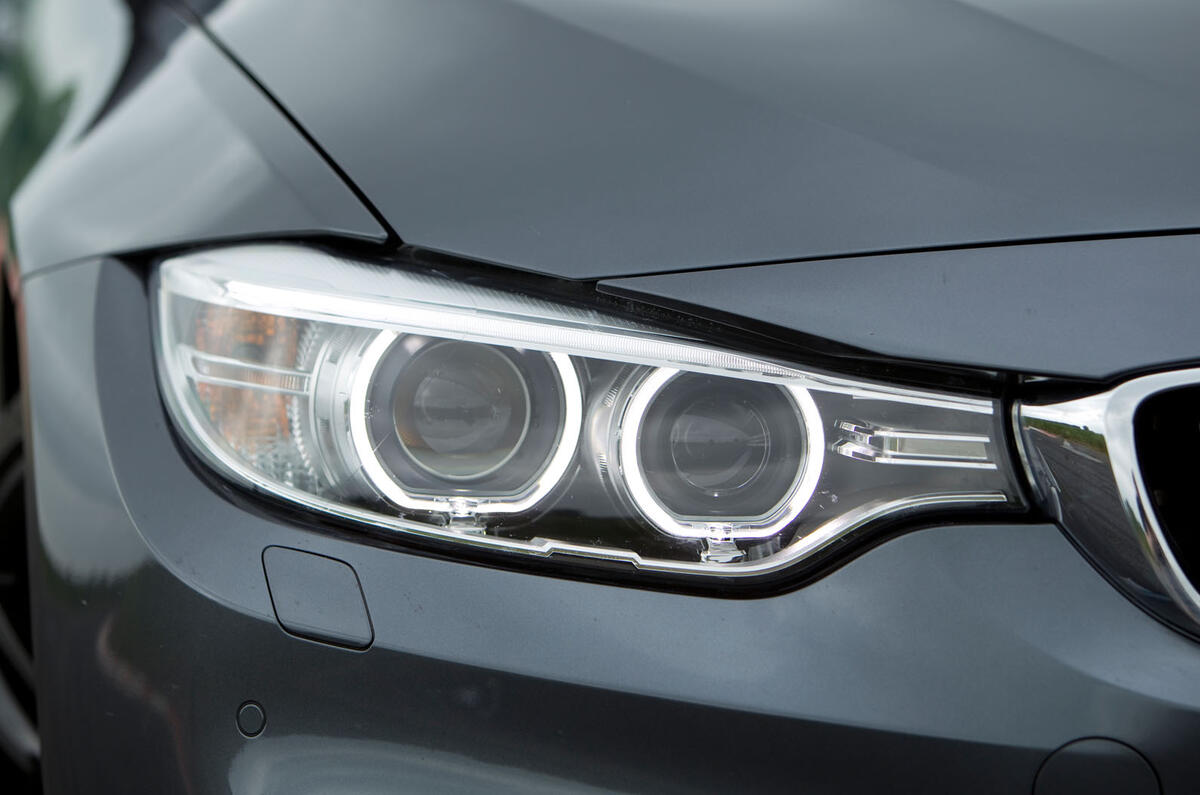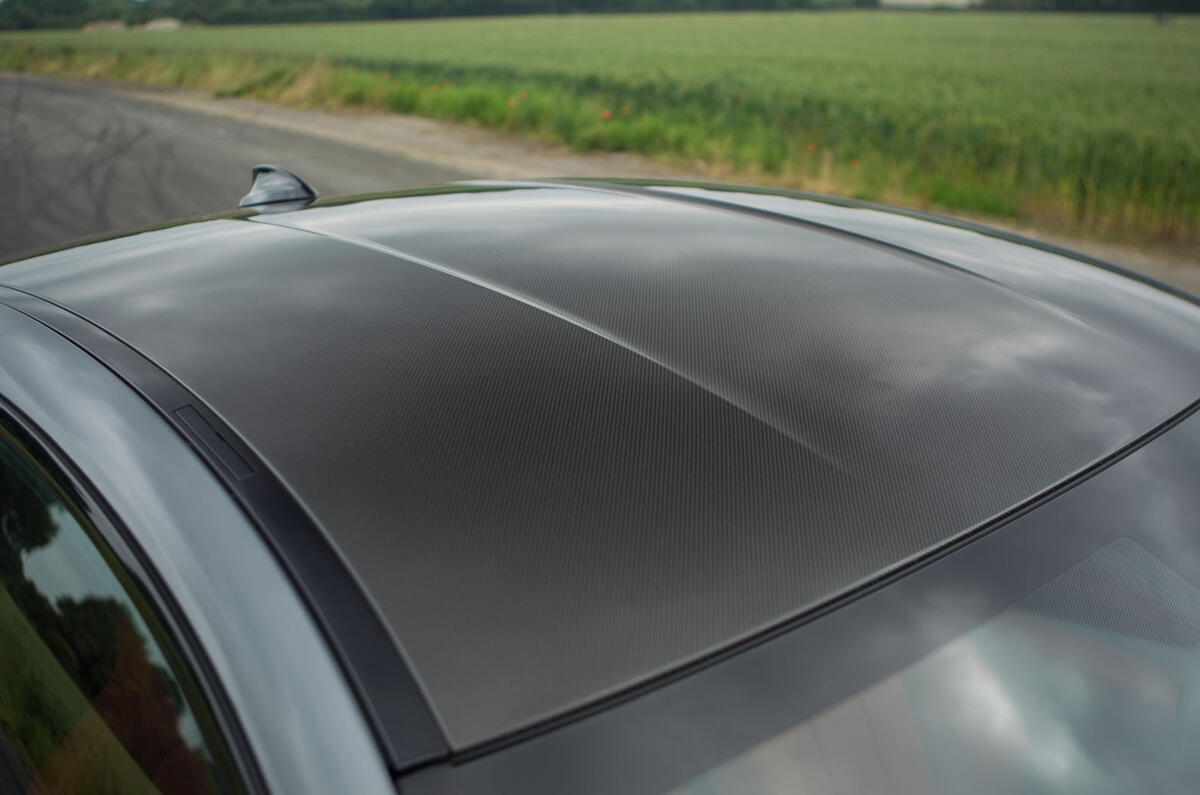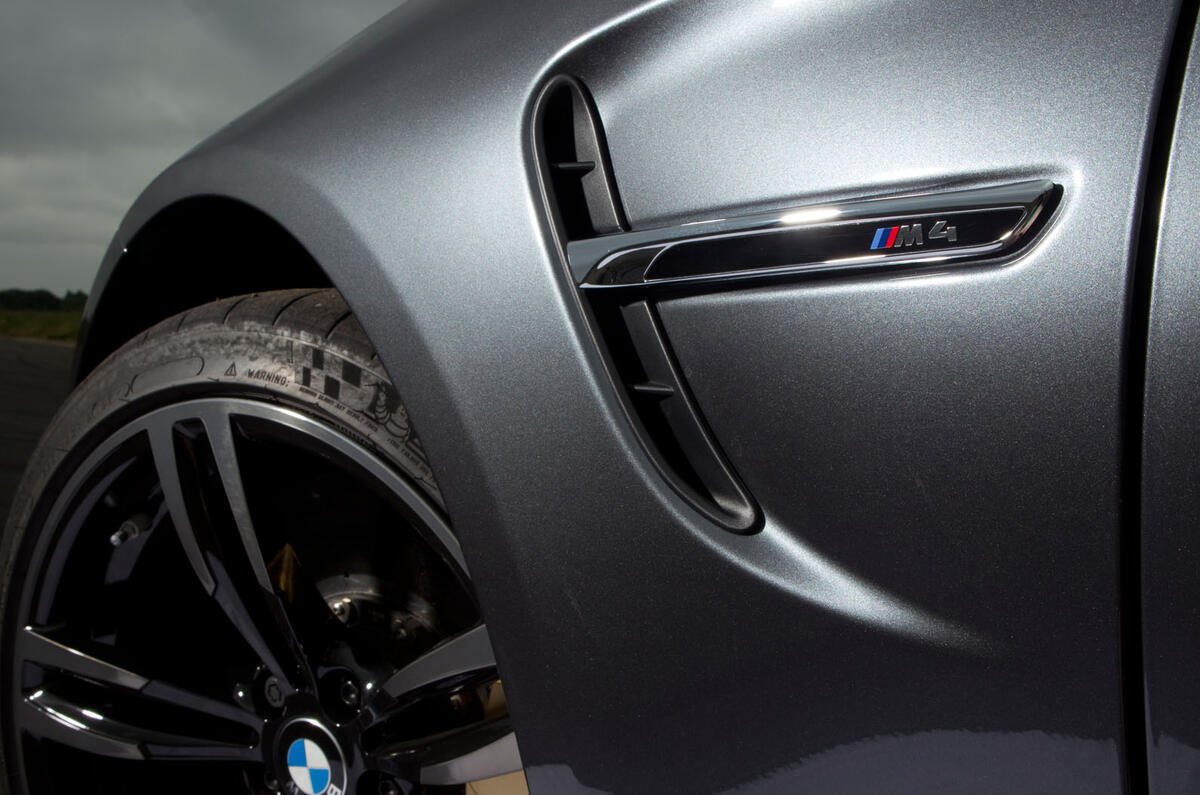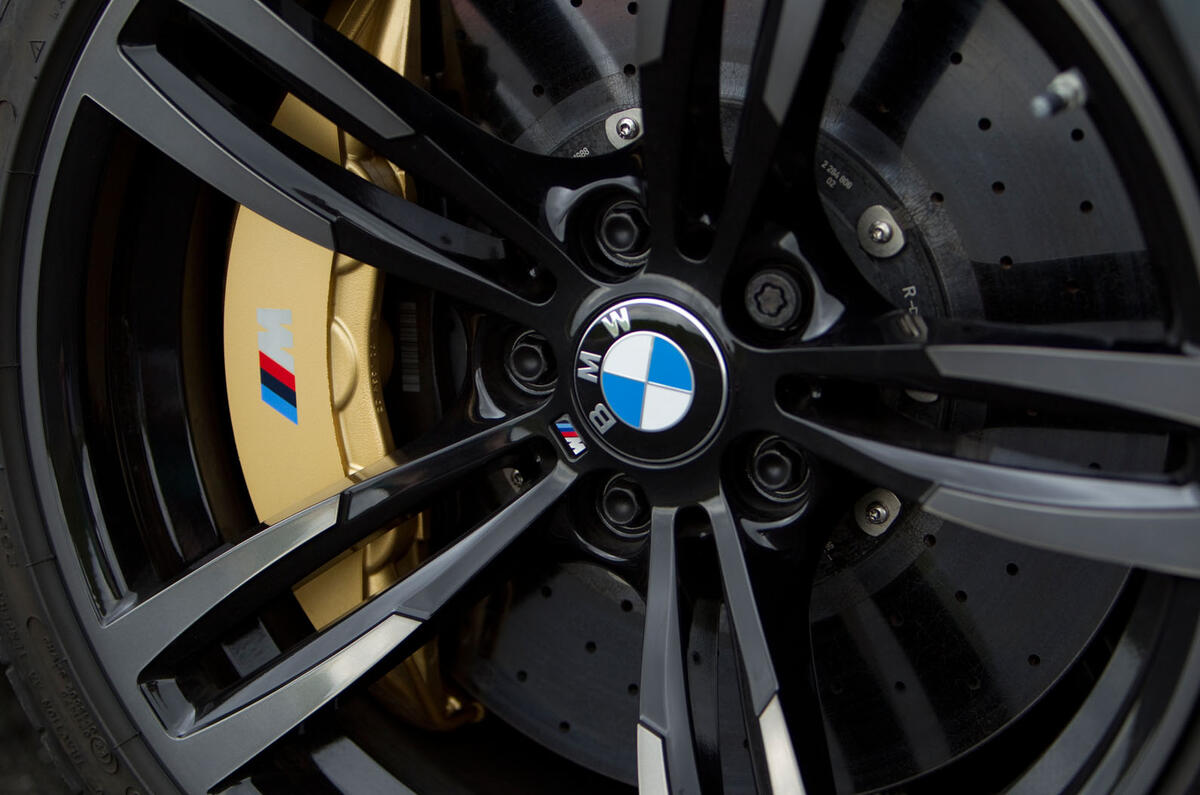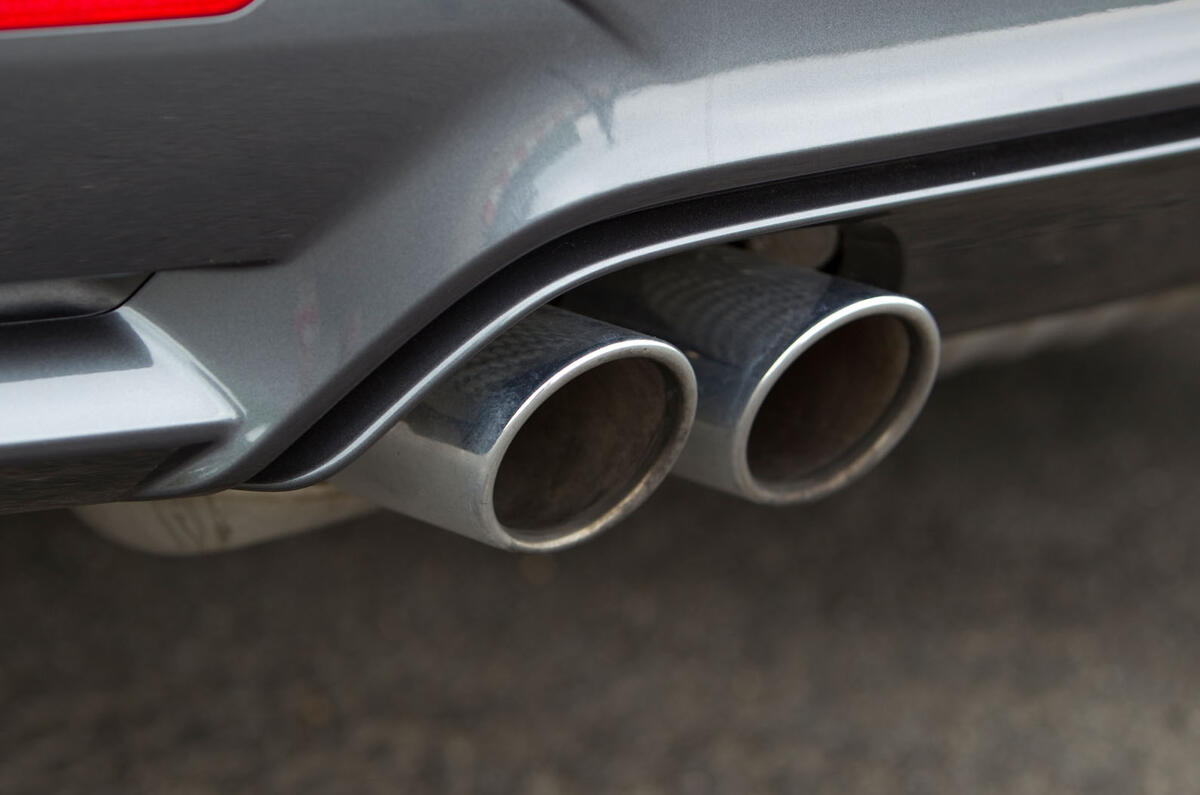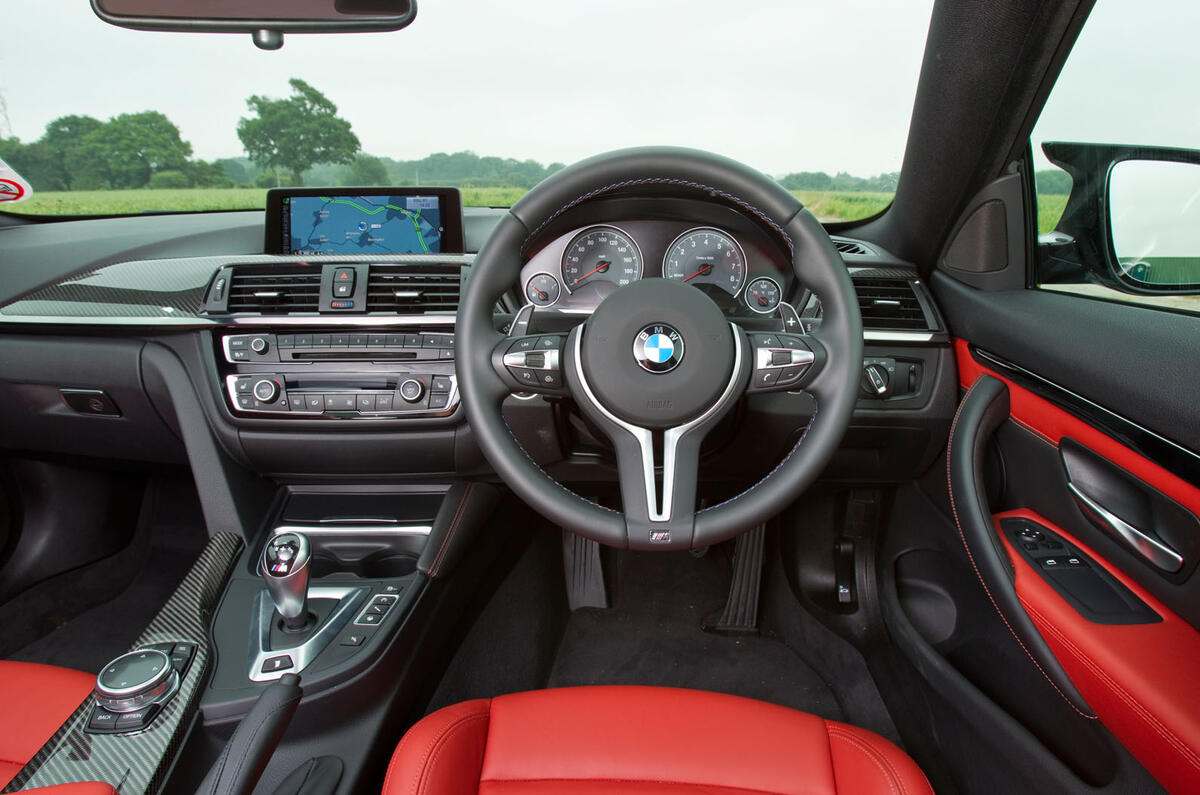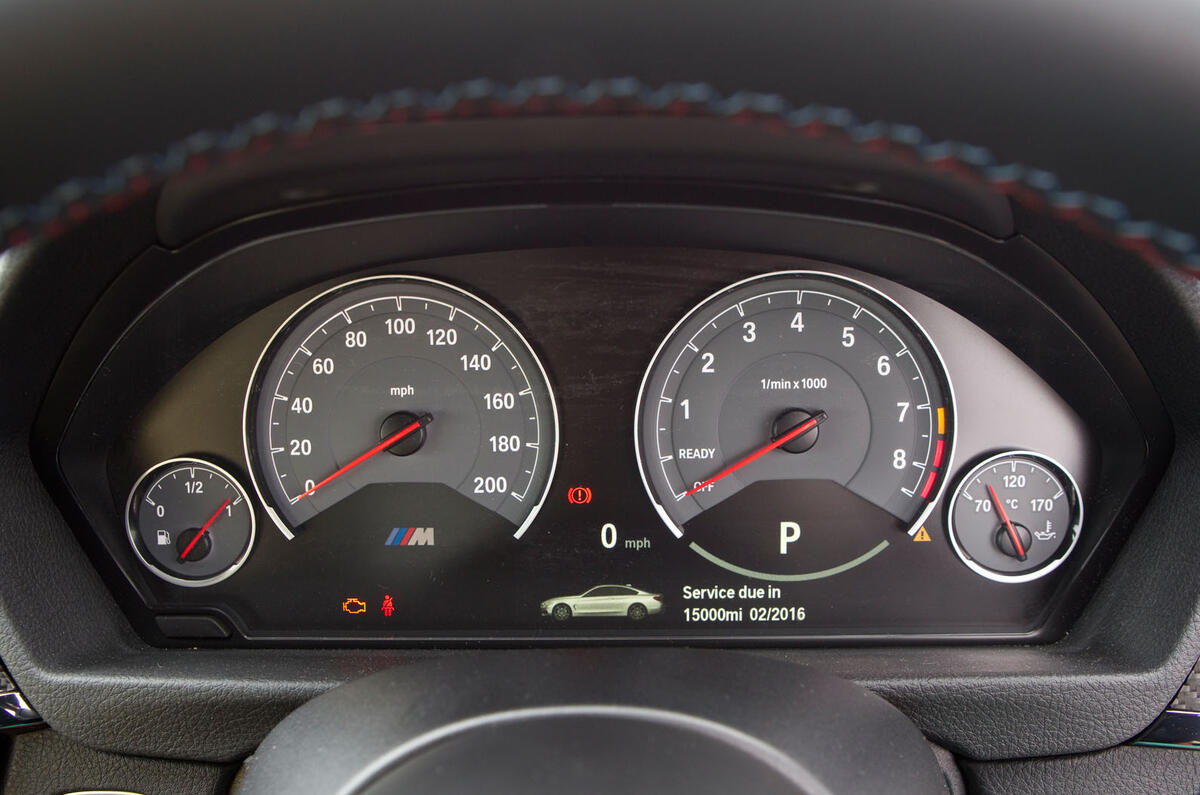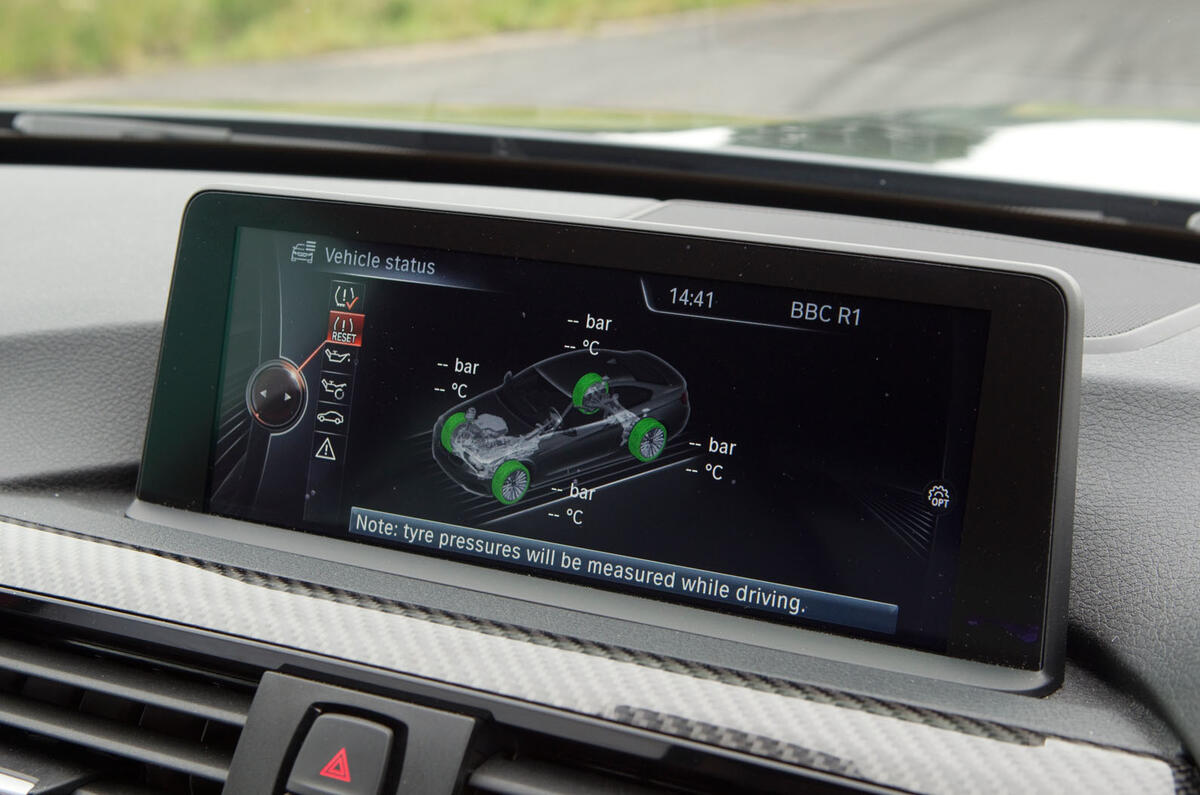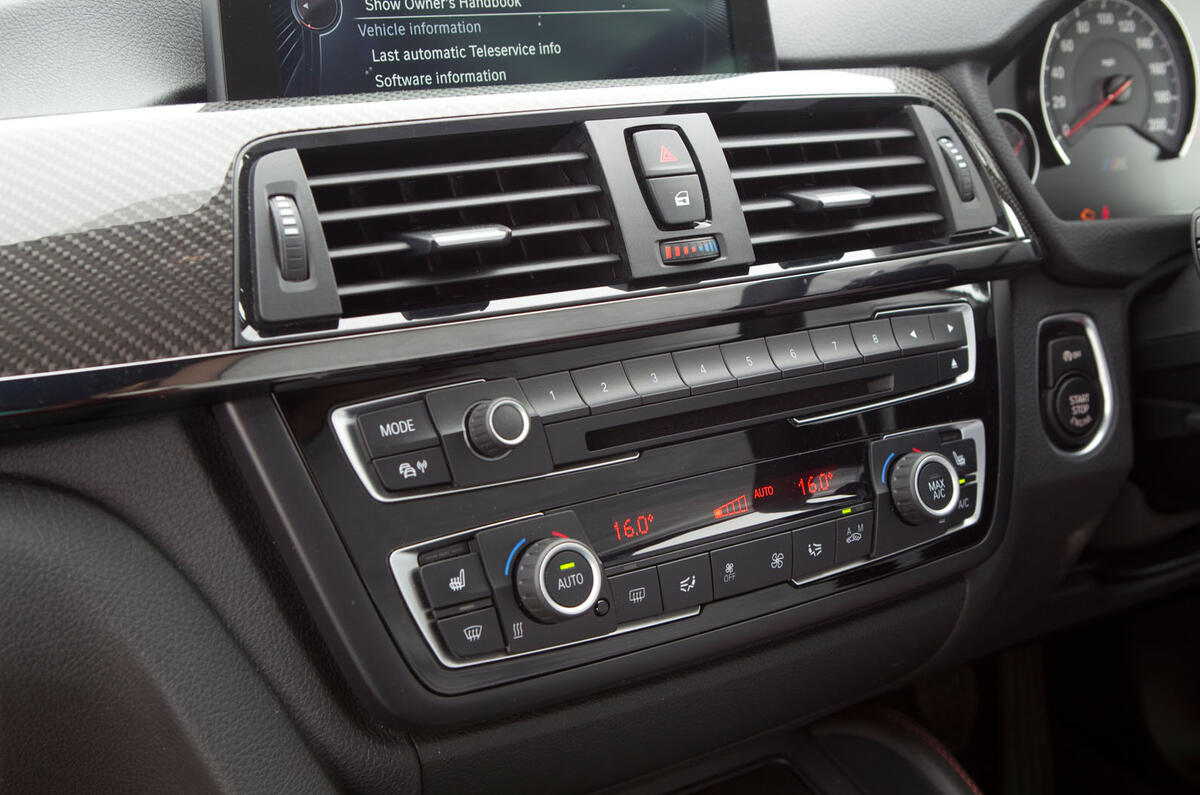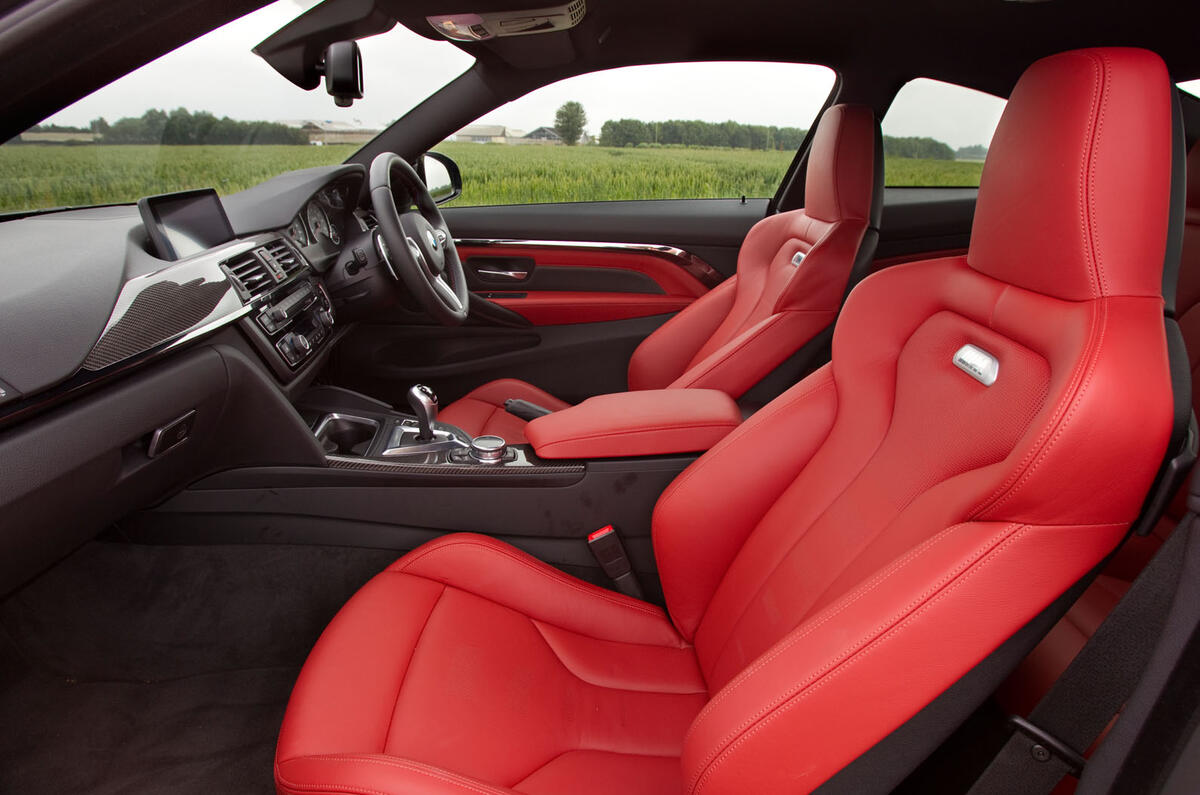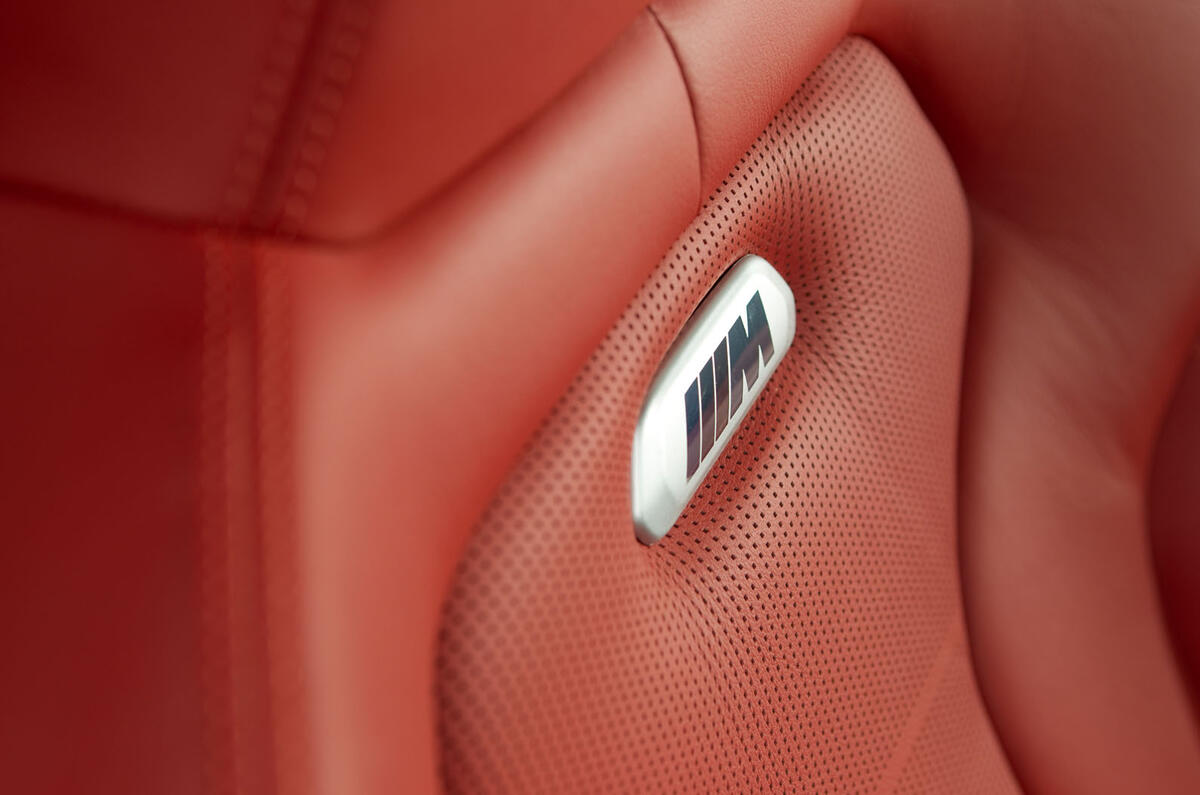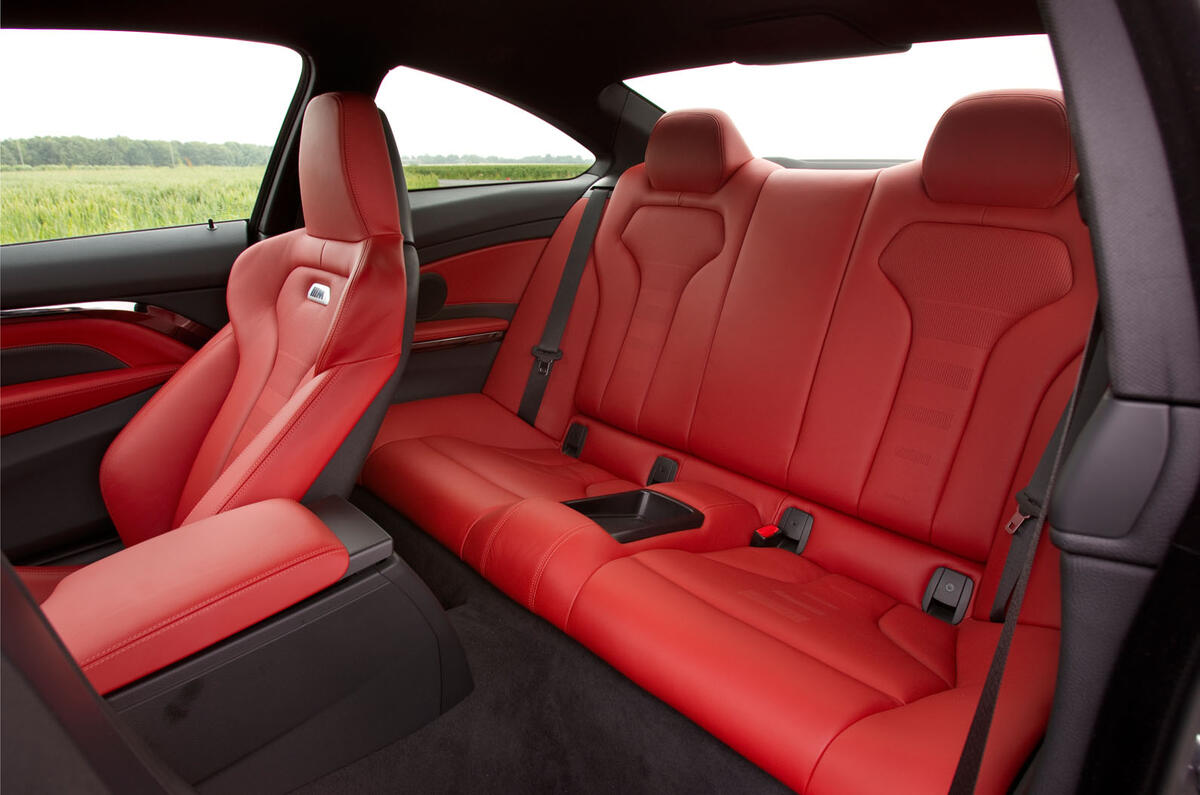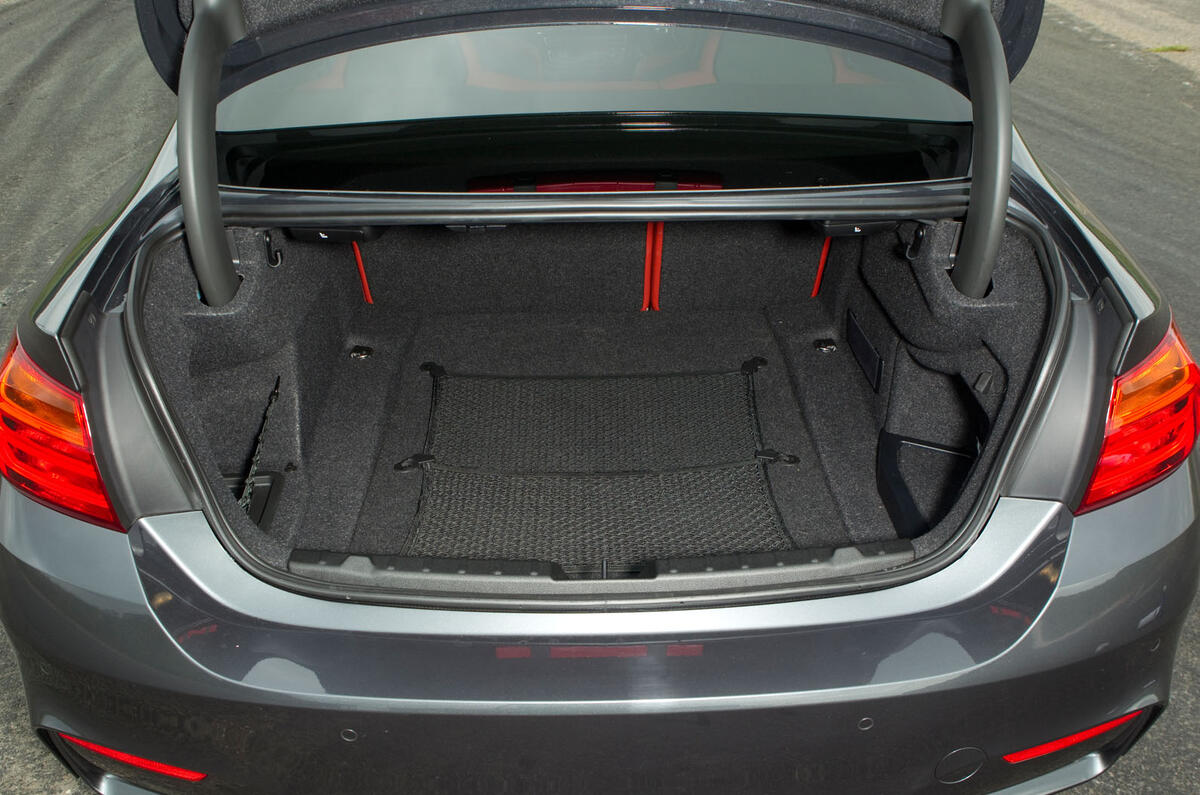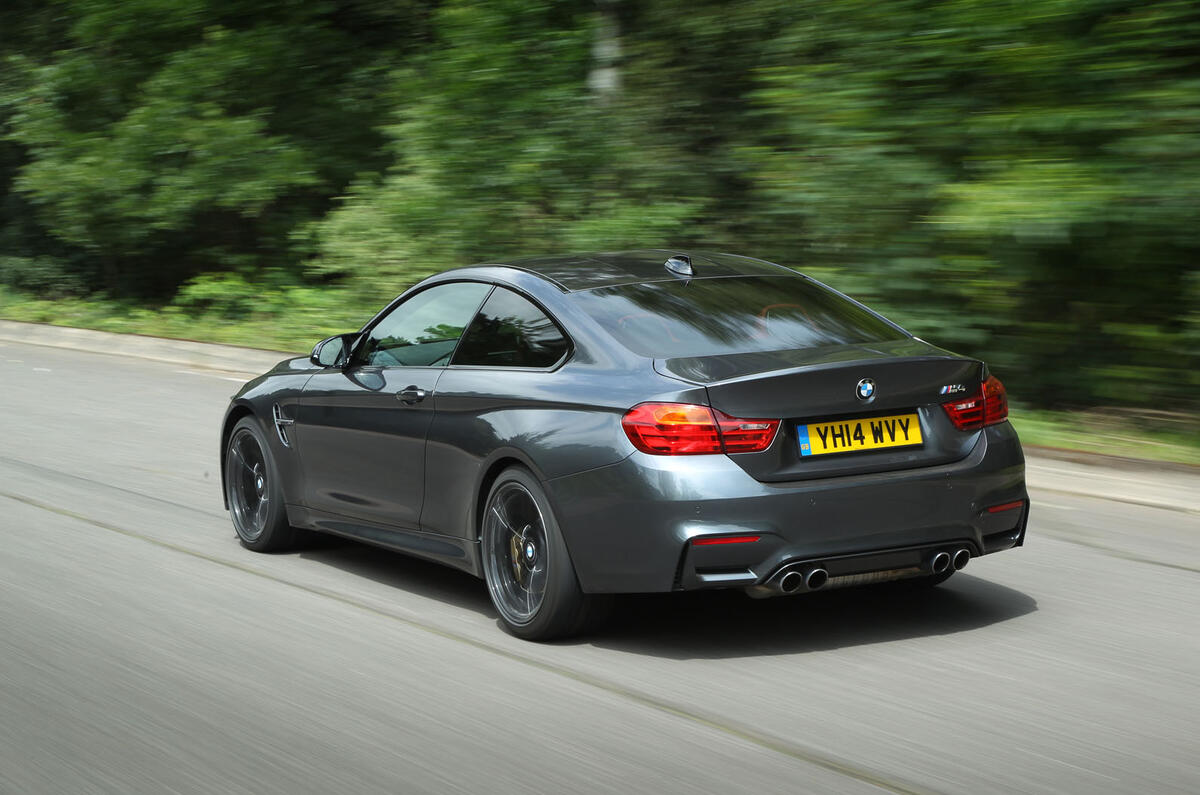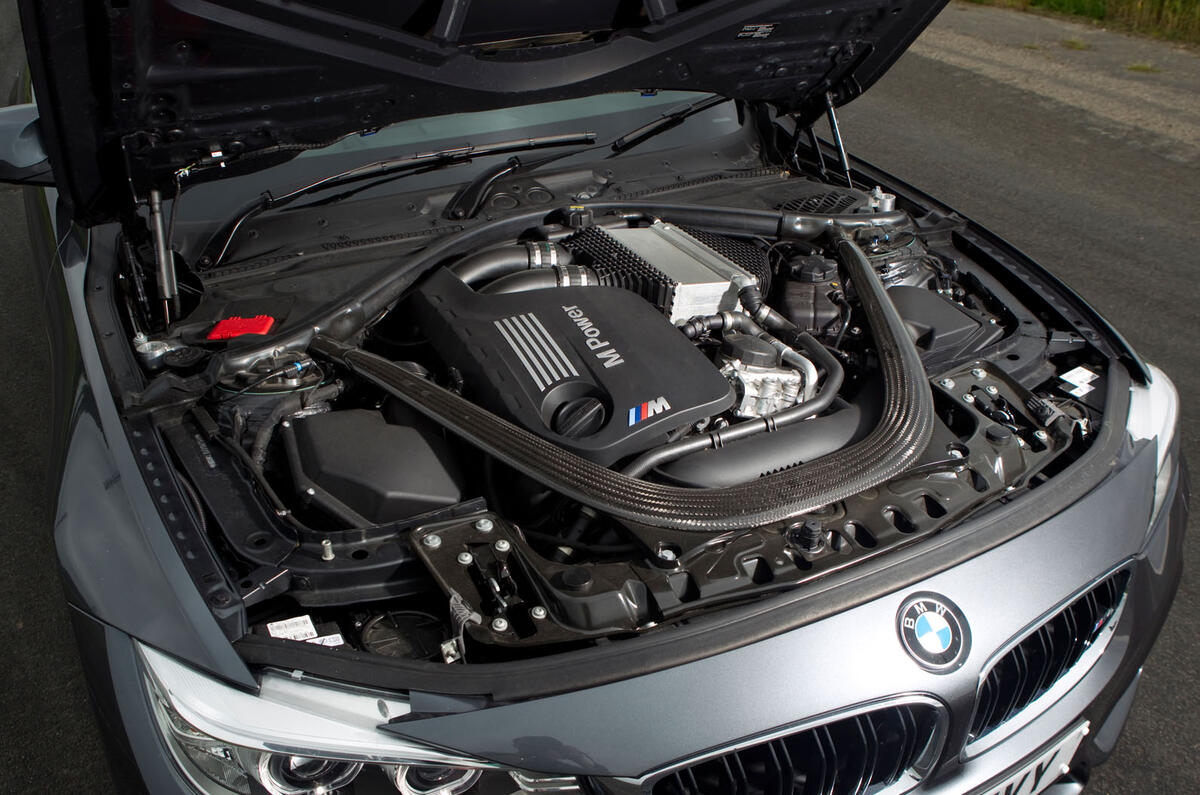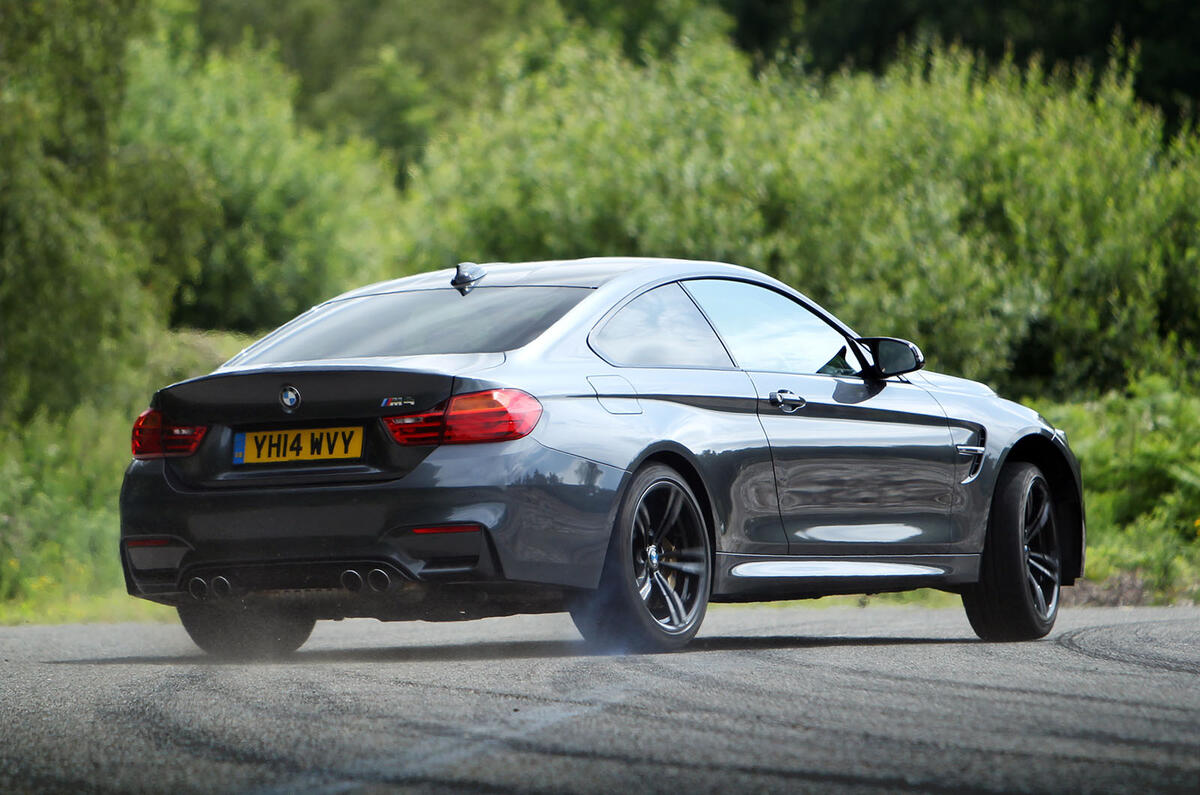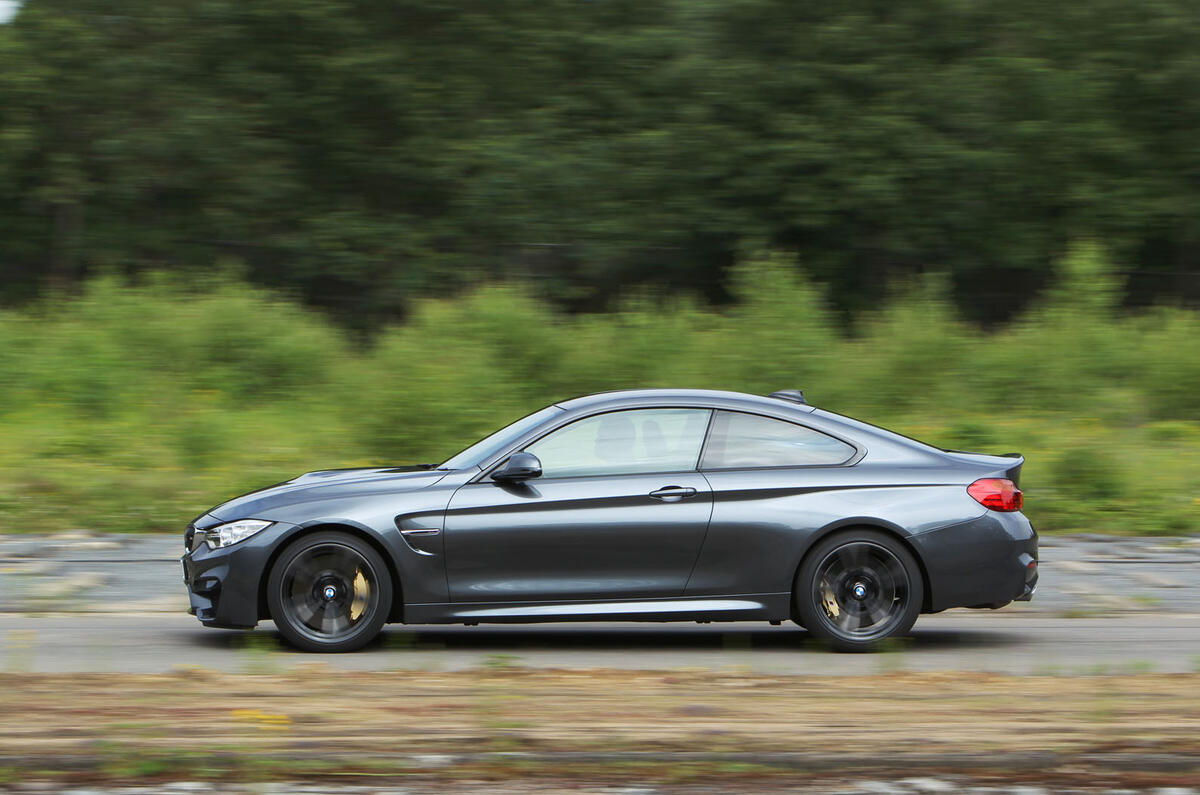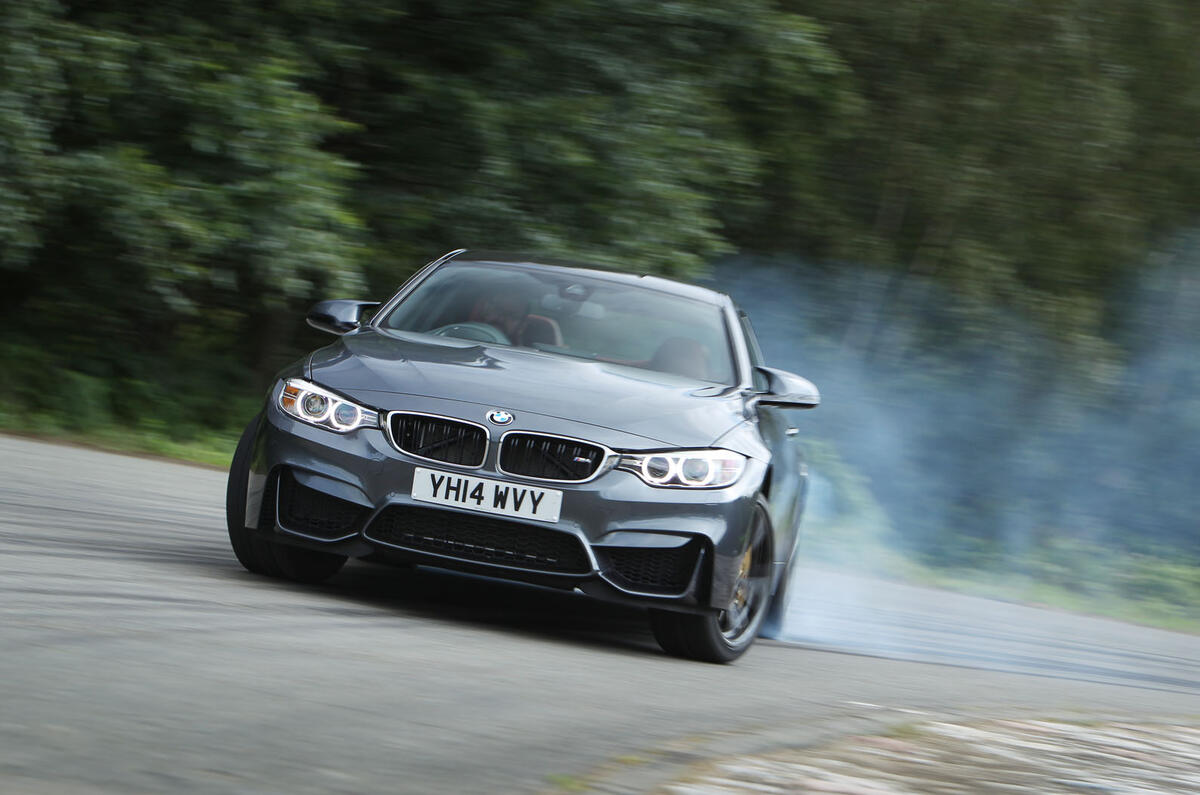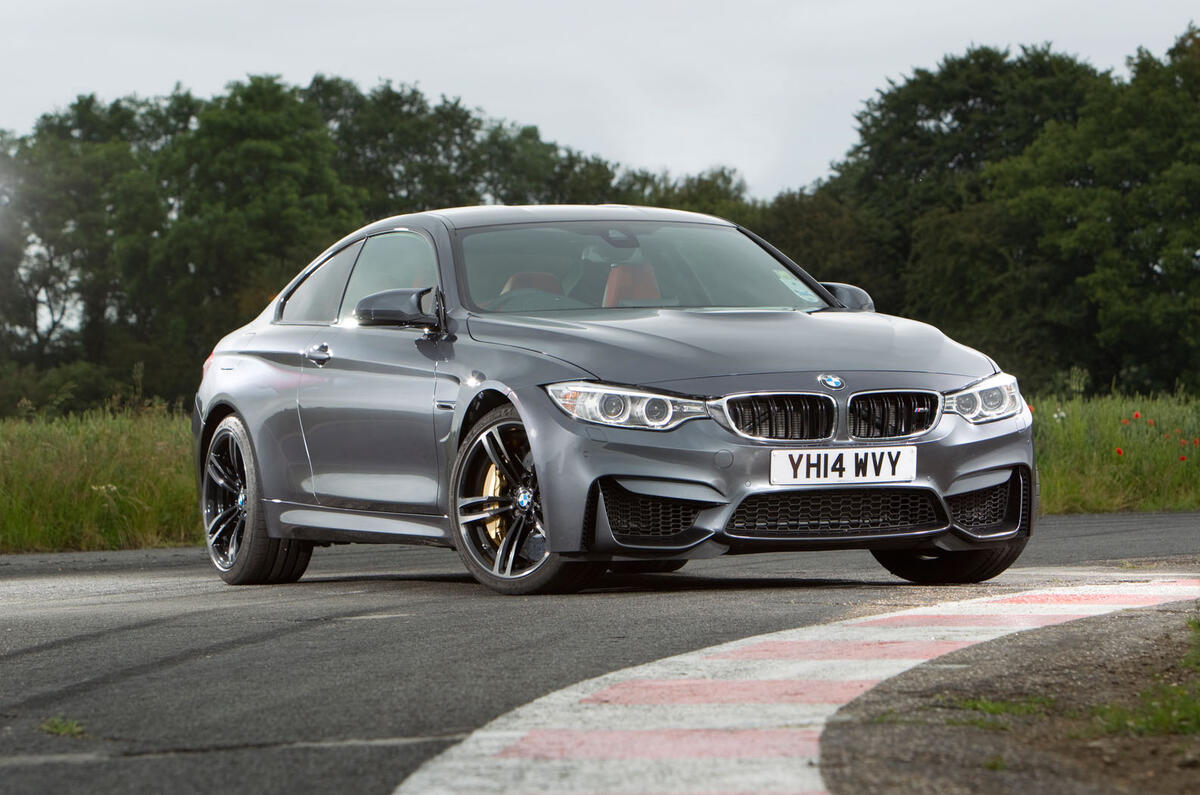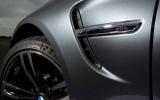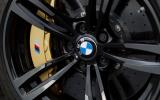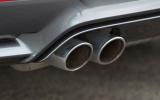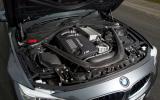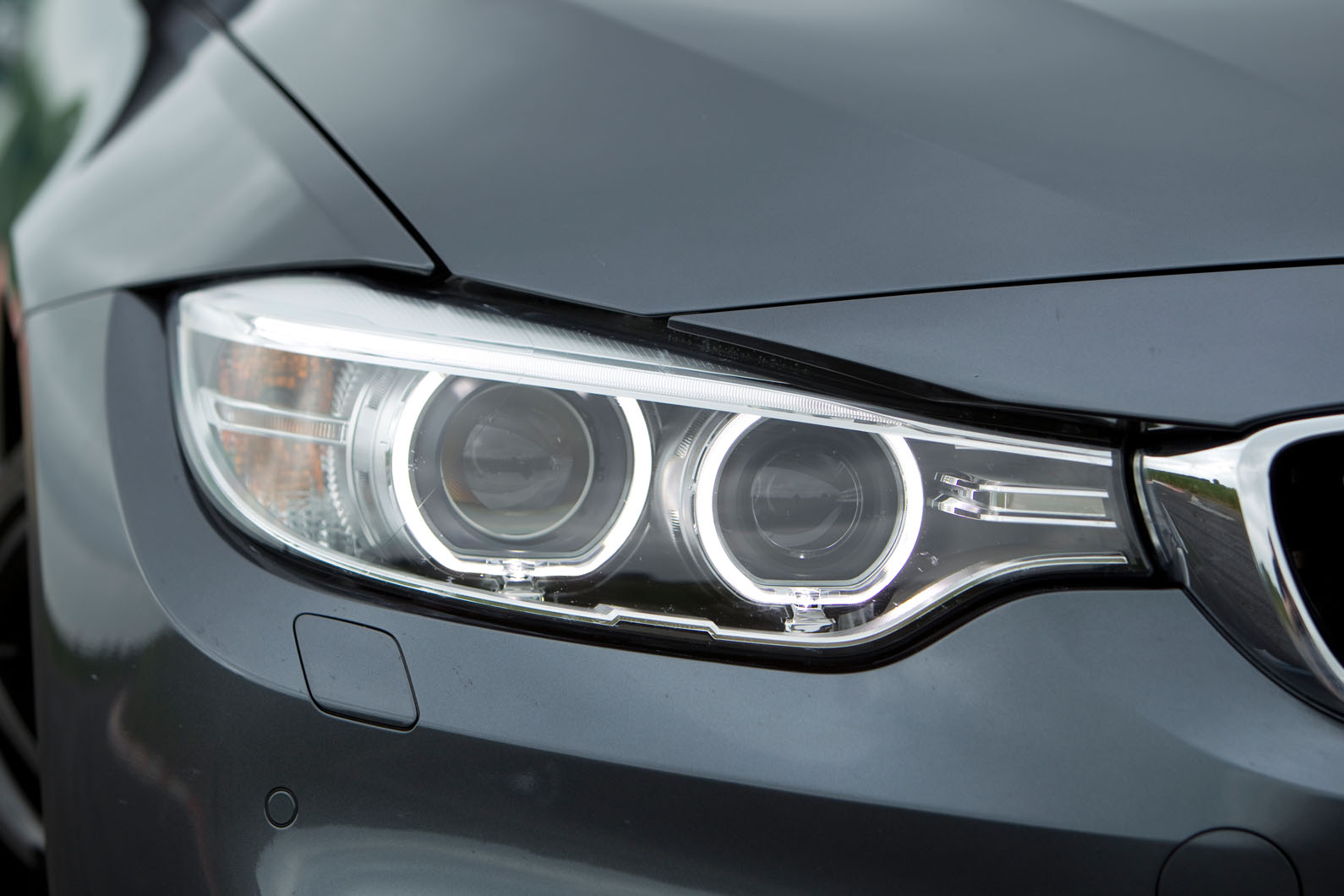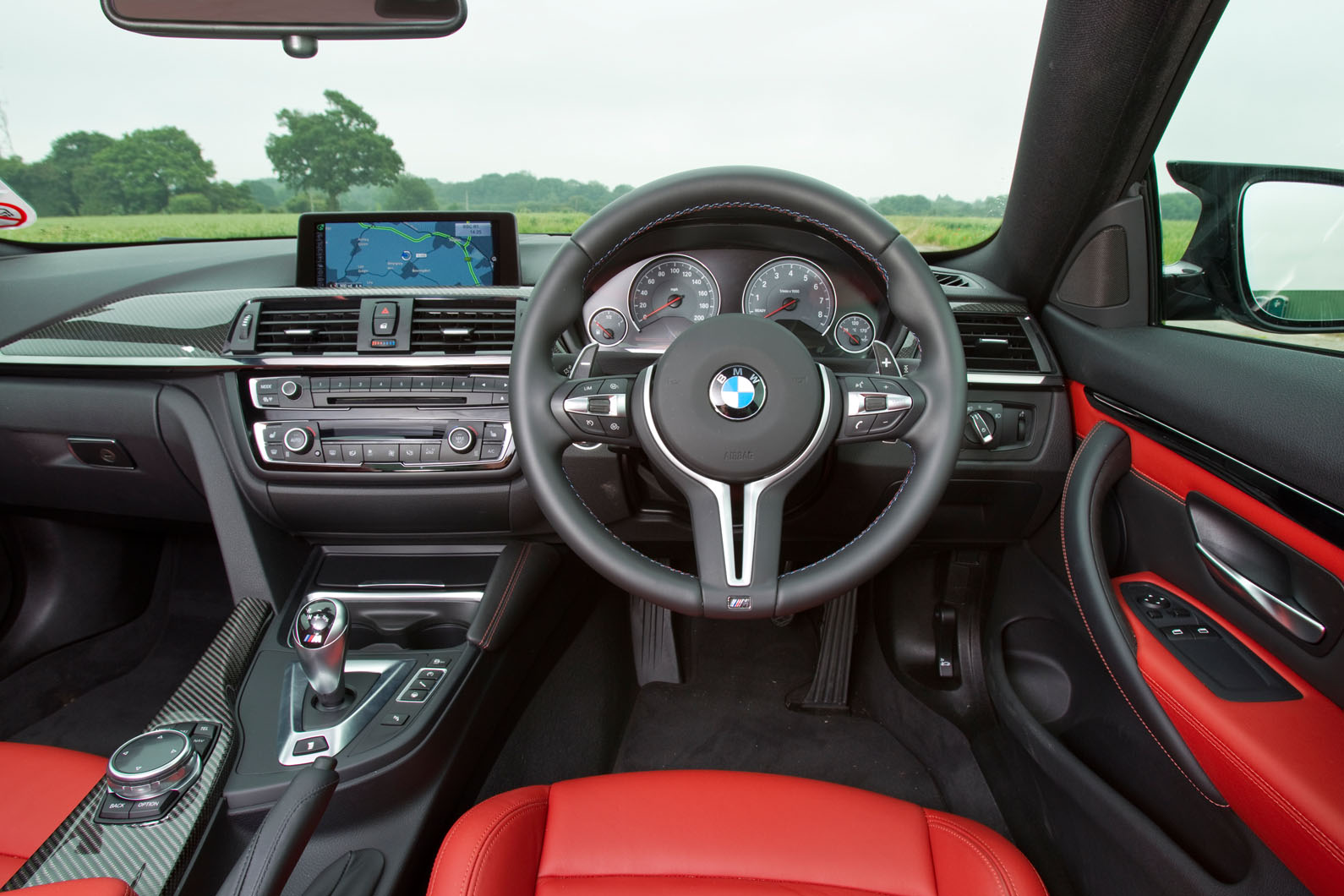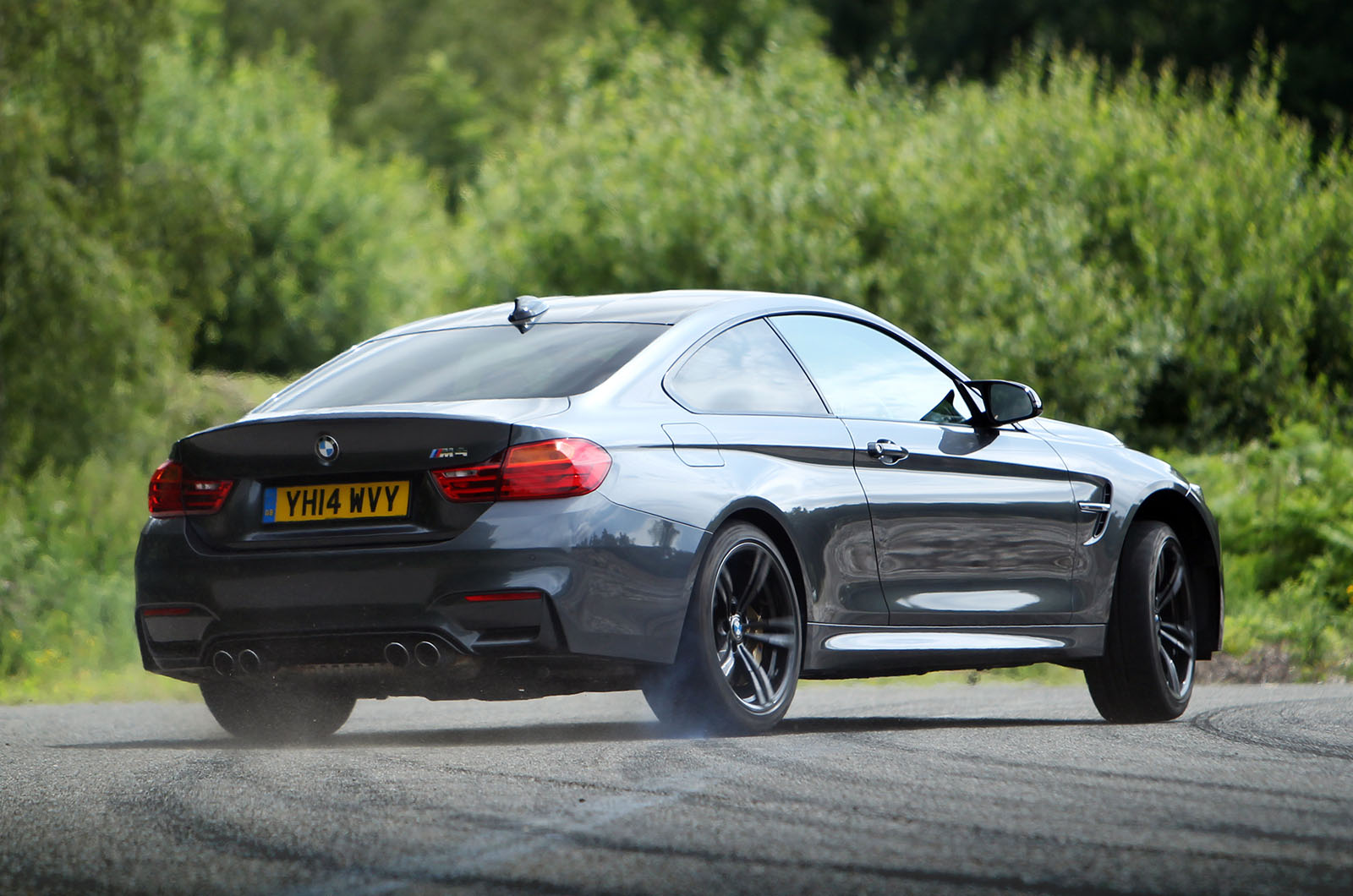With the introduction of a turbocharged motor, the way power was delivered was important as the raw figures.
There was no drama with the latter; the M4 was a ridiculously fast car, with launch control ensuring that it passed 60mph from rest, in our hands, in 4.1sec, and 100mph in 8.8sec.
Despite a claimed 155mph limited top speed, it took only 25.2sec to hit 160mph on MIRA’s mile straight, passing a standing quarter mile in 12.3sec and at 120.9mph on the way. That was only a fraction slower – a single tenth over a quarter mile – than a 2012 Porsche 911 GT3 RS.
Power delivery was a different question entirely. BMW had fitted two relatively small turbos – each working on three cylinders – to ensure they spooled up quickly.
The engine was canted to clear the bonnet and had a sophisticated oil return system to avoid starvation and thus cope with the track-day running that was so essential to enjoying this car’s capabilities.
In practice, the turbos may have been small, but they did have an effect. No matter how minimal the lag, there was no question that this was a less responsive engine than a naturally aspirated one and therefore came with less urgency to a throttle prod than any M3 to date.
That fact appears harsh when written down, because on the road, for the most part, it didn't matter. Yes, there was the tiniest delay between asking for a lot and getting it, but BMW had still crafted an engine that was better than any of its turbocharged peers.
It was silky smooth, revs commendably high and, at higher revs, responded as closely to natural aspiration as it was reasonable to expect.
There was also the argument – and it’s not a bad one – that to obtain the same performance at a given road speed, you’d have to have a naturally aspirated engine in a lower gear and wound much further around its rev range to prove as devastatingly effective as the M4.
In fourth gear, for example, an M4 would go from 30-70mph in 5.4sec. The last generation Audi RS5 couldn't quite manage that even in third (it took 7.6sec in fourth).
A Mercedes-AMG C63 could match that in third but took 9.1sec to cover the same benchmark in fourth. Put simply, the M4 gave away a degree of response but, in return, was faster through more of the rev range.
Its exhuast note was good, too. Engine noise was amplified through the speakers, and all the more so if you selected the powertrain’s settings that give you more revs if the gearbox was in D and more noise when you’re on the gas.
We tended to leave the powertrain in its sportiest setting and change gear ourselves.
The brakes of our test M4 were the optional carbon-ceramics. Feel and response were good, even from cold – carbon-ceramics have come a long way in that respect – and they showed no sign of letting up after repeated laps of our handling circuit.
On track, they responded better to a gentler initial application of the pedal, which eased weight transfer to the front, than they did to a sharp stab, which more quickly set the ABS alive, resulting in a stopping distance that was no shorter.



